Kabul Museum 1969Copyright (c) Dr. Volker Thewalt1969 / 22.02.2001 Index |
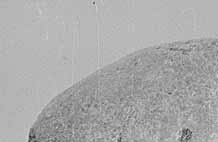 |
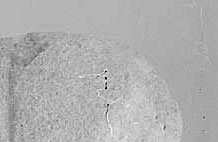 |
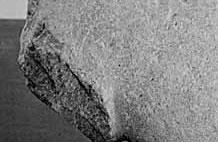 |
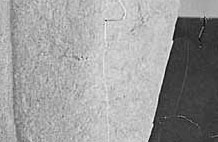 |
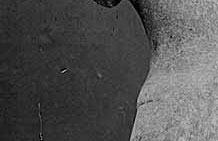 |
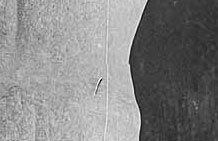 |
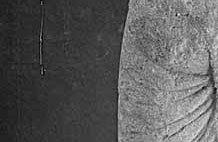 |
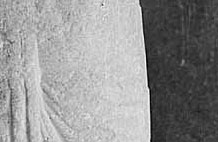 |
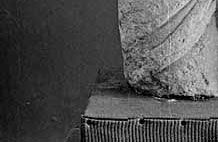 |
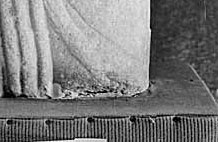 |
Photo : Thewalt 1969 (p4_69_10) [Vgl. Francine Tissot 2006, Catalogue of the National Museum of Afghanistan 1931-1985, UNESCO publishing 2006, Paris, p. 342: T.Sh.p. Ta. 900.2. H 0.65; Marble. Kuwayama, fig. 10. Torso. No identification. The figure may have had four arms and perhaps wears a dhoti, therefore representing an Indian god. Tagao (Parvan province) In the 1930s Alfred Foucher had already traced the remains of a Hindu temple and a Buddhist monastery on the private land of Qala-i Amir Muhammad in the village of Tagao, situated in the eastern region of Kapisa, on the road to Sarobi and on the left bank of the Panjshir river. In 1960 the German expert Klaus Fischer found a broken marble statue of the Hindu goddess Durga from the Turki Shahi period (eighth to ninth century AD).
|